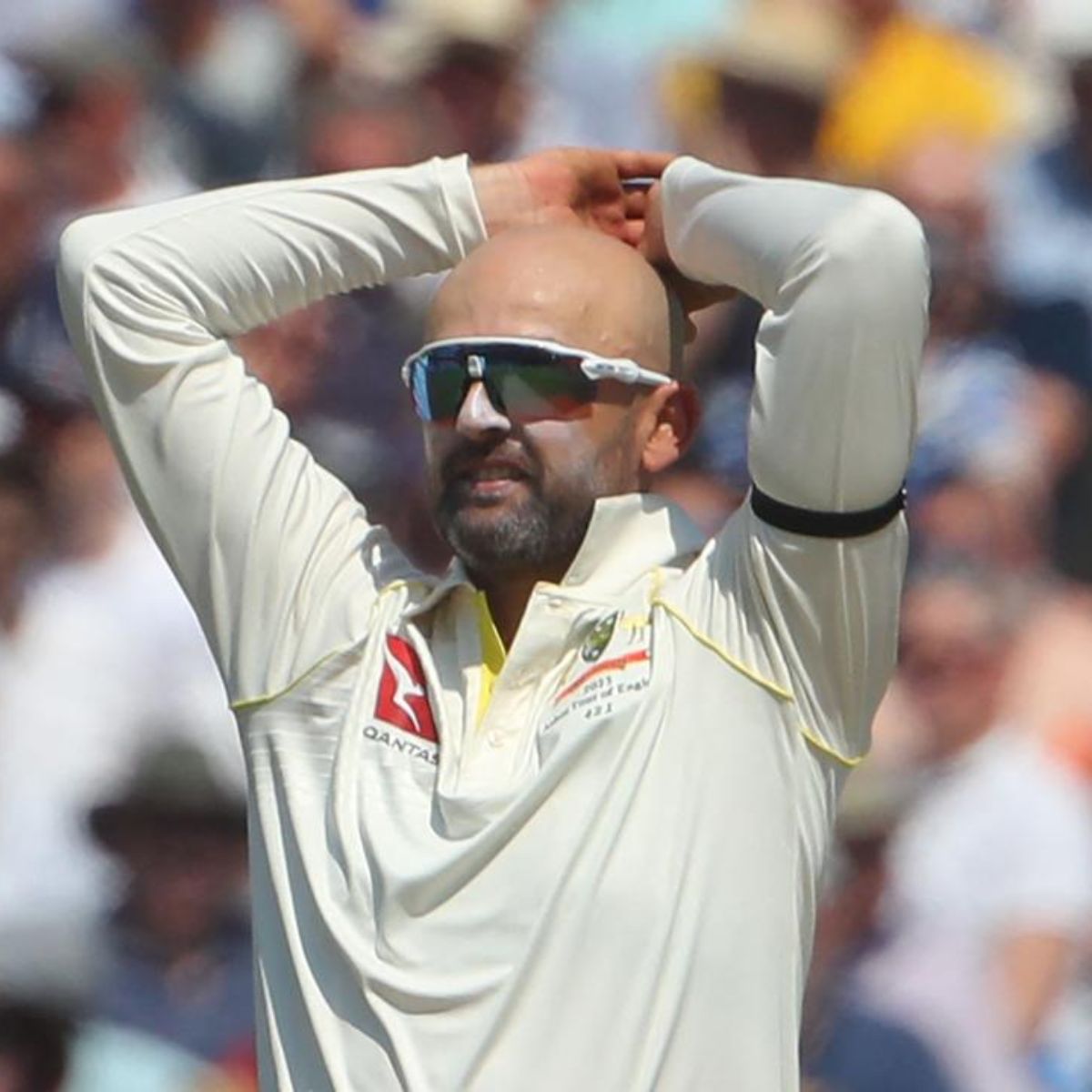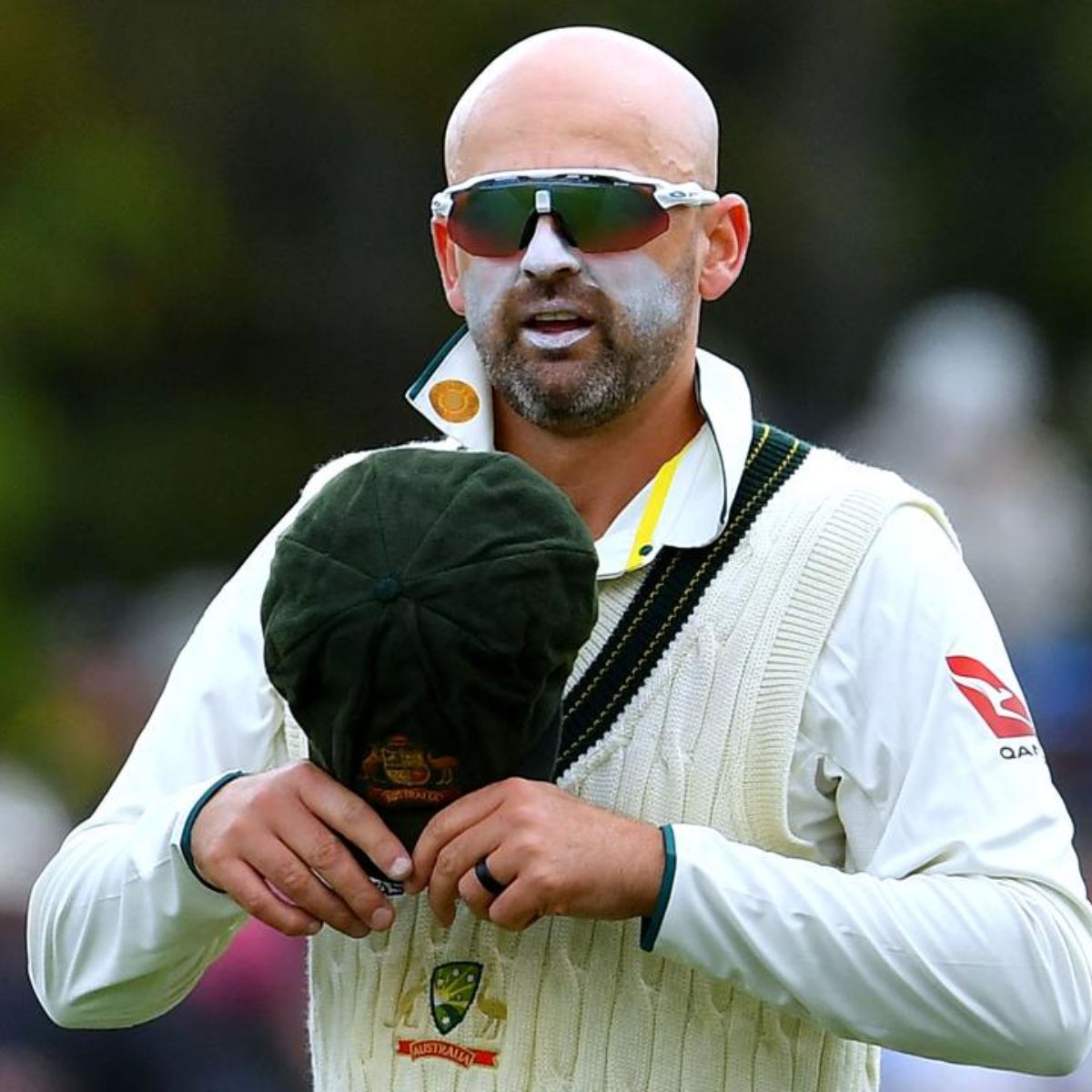Two of The Walking Dead’s spinoffs have broken a story rule that the main show adhered to for 11 seasons. And it could add more character complexity.
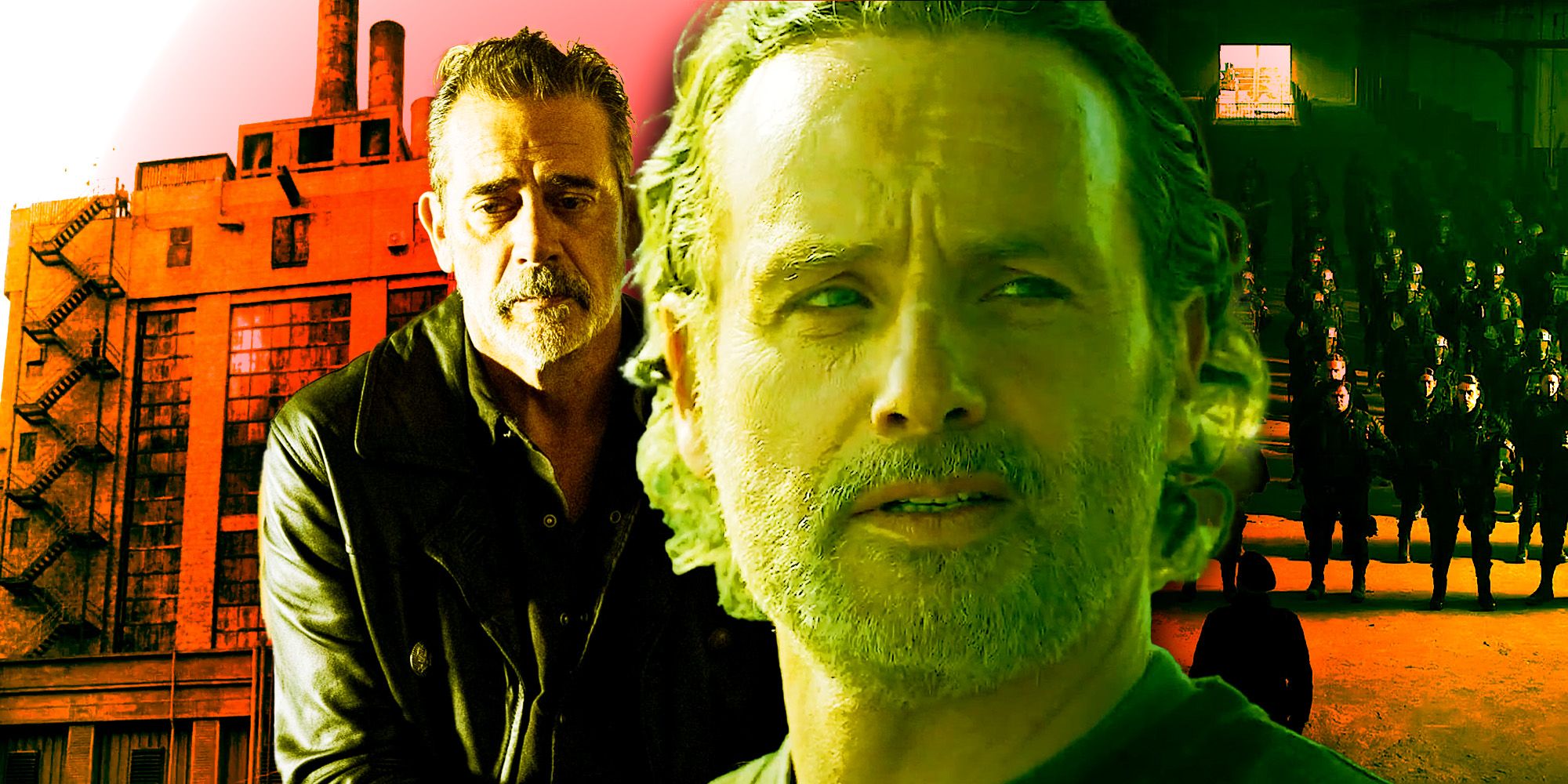
Summary
- The Walking Dead primarily tells its stories from the perspective of its heroes, omitting how the villains view their actions.
- The upcoming spinoff, The Walking Dead: The Ones Who Live, suggests that Rick Grimes may be portrayed as a villain, highlighting a shift in perspective.
- The spinoffs, such as The Walking Dead: Dead City, has introduced unique perspectives and narrative angles.
With 11 seasons under its belt, The Walking Dead has set a standard story perspective, but two spinoffs break this rule. Since 2010, The Walking Dead‘s story has been propelled forward by various survivors’ struggles to adapt to the zombie apocalypse, the losses they face, and the enemy camps they encounter. Predominantly focused on Rick Grimes’ group and the new additions they meet along the way, The Walking Dead explores the lengths these characters go through to protect who and what they care about most.
With seven Walking Dead spinoffs, however, the option to explore new arcs and scenarios is evident. For instance, The Walking Dead: Daryl Dixon gives viewers a new location – France – and Fear The Walking Dead offers new threat levels, such as nuclear warheads and radiation-exposed walkers. From a character perspective, though, other Walking Dead spinoffs have pushed the boundaries of the stories’ perspectives, allowing unique narrative angles to be expanded on.
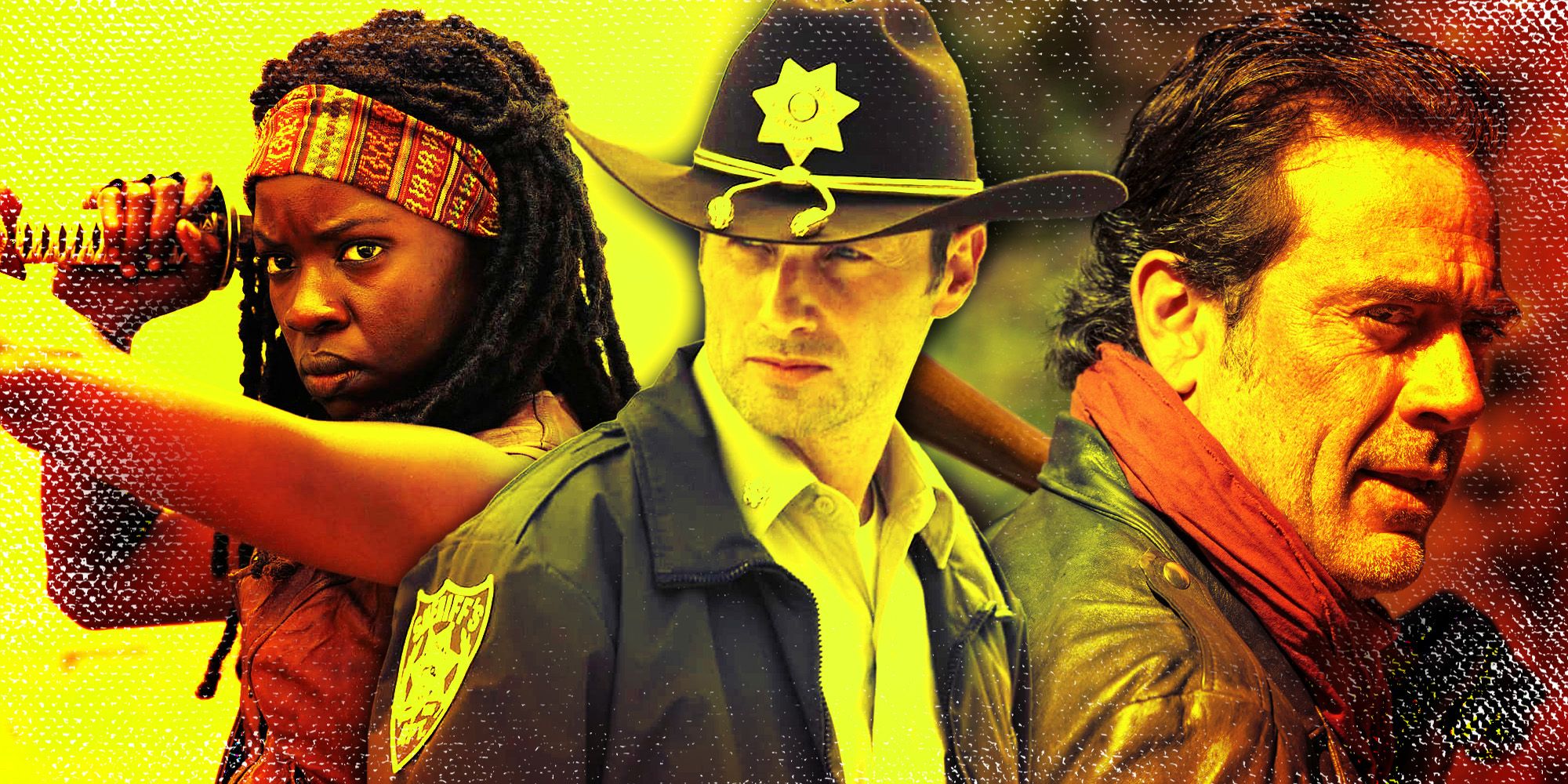
Related
The Best Episode Of Each Season Of The Walking Dead
Throughout its 11 seasons, The Walking Dead produced some fantastic and memorable episodes. Here is the show’s best episode from every season.
The Walking Dead Doesn’t Tell Its Stories From The Villains’ Perspectives
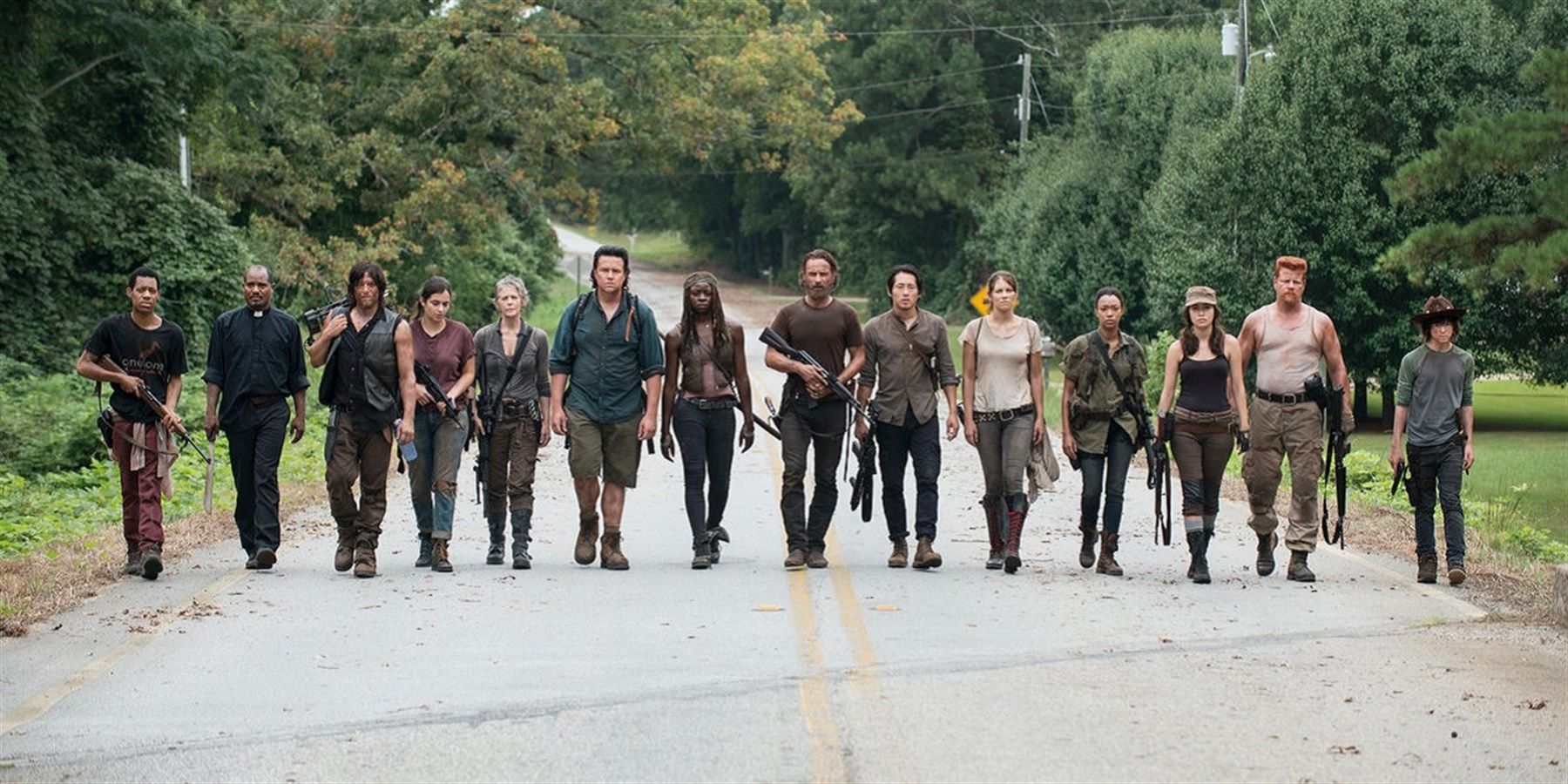
Since Rick and his group drive The Walking Dead‘s main storyline forward, all events seen on-screen are told from their perspective. This naturally paints them as the heroes of the story, albeit flawed at times, as seen in the moral dilemmas they often find themselves in. Framing Rick’s group as survivors helping each other compared to the more ruthless and power-obsessed actions of the show’s major villains, the perspective, by default, omits much of how these Walking Dead villains view the survivors’ actions.
Although The Walking Dead offers villain motivations, like the Governor’s grief at losing his daughter, it still tells their stories from the protagonists’ perspectives. Therefore, any empathy for the show’s villains is often overshadowed by the compulsion to support the hero and their story. This extends into some spinoffs, like in Fear The Walking Dead when Virginia’s pain from her daughter’s rejection and losing her community is undercut by June’s pain from John’s death. Granted, a hero-focus is a common storytelling angle, but the contrast some later spinoffs introduce makes it an interesting trend to unpack.
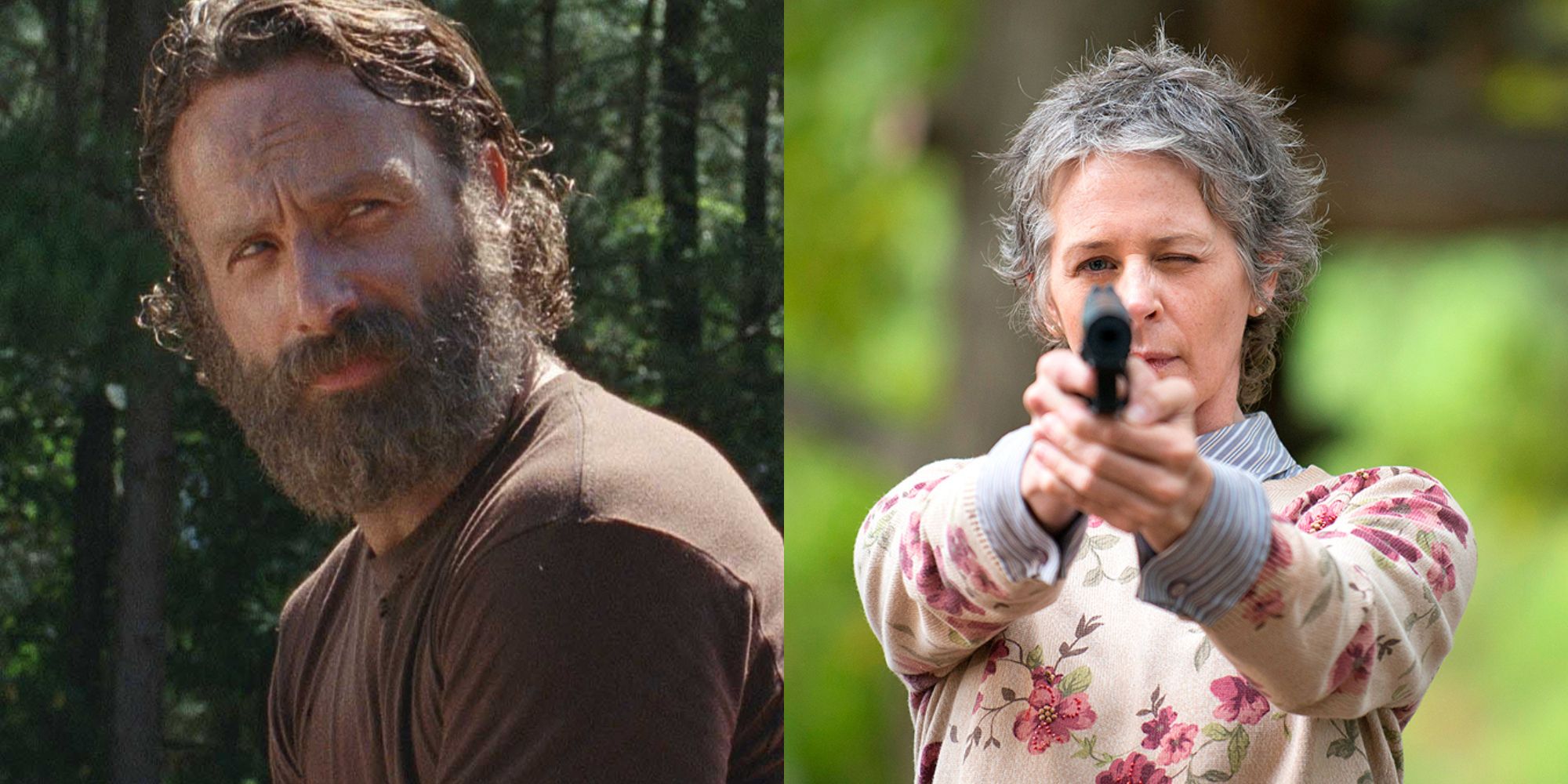
Related
The Walking Dead: 10 Heroes Who Easily Could Have Turned Into Villains
From Carol’s brutal ways to Daryl’s initial resentment, some of The Walking Dead’s heroes could have been villains. What made them so antagonistic?
The Walking Dead: The Ones Who Live Looks To Be Focusing On Rick Grimes As A Villain
The Walking Dead has given audiences glimpses of its heroes as villains in the past, like when Eugene switches sides and joins Negan’s Saviors. The distinction between Rick and Eugene is that the latter is a supporting character, so the main story is still told from the heroes’ perspective. Although the scope of Andrew Lincoln’s role in The Walking Dead: The Ones Who Live isn’t entirely confirmed, there’s an allusion to Rick being the villain of his own spinoff. Most notably, his spinoff’s trailer shows him in CRM uniforms, conversing with the organization’s leader, Beale, and carrying out CRM duties.
Rick’s darker side is not an entirely new concept, such as when he kills Gareth or rips out Joe’s throat. These violent moments, however, are to protect his community and son, respectively, not purely for the sake of being villainous. In The Walking Dead: The Ones Who Live, even if Rick isn’t purely a willing villain, he’s clearly an integral member of the Civic Republic Military, who has already been established as an antagonistic organization in the franchise. Therefore, this change to Rick’s character is substantial enough to potentially highlight his story more from a villain’s perspective.
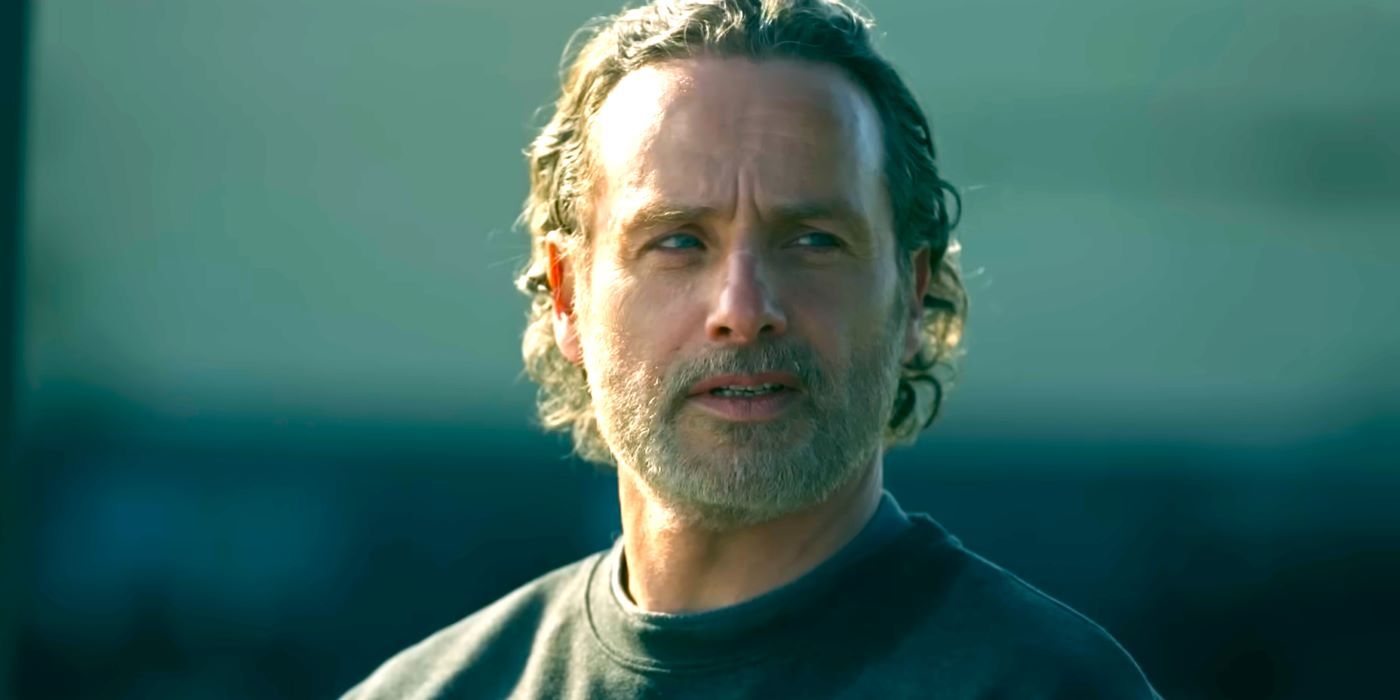
Related
New Walking Dead Villain Update Teases Rick Grimes’ Most Dangerous Enemy In 14 Years
The Walking Dead: The Ones Who Live got a new villain update, and it teases the most complex rival Rick Grimes has faced since the main show began.
The Walking Dead: Dead City Started Showing The Villainous Perspective Through Negan
Negan had an inverted arc to Rick since he started out in the franchise as a villain and became a remorseful ally. However, in The Walking Dead: Dead City, Negan’s villain era was readdressed, skewing the perspective of the evil actions he’d done. One notable moment is during his Dead City Savior flashbacks, which show his peak villain era in the main show. Although the flashbacks seem to rewrite Negan’s past, downplaying his brutal villainy and focusing on his stance on not harming kids, it also showcases his perspective of that time.
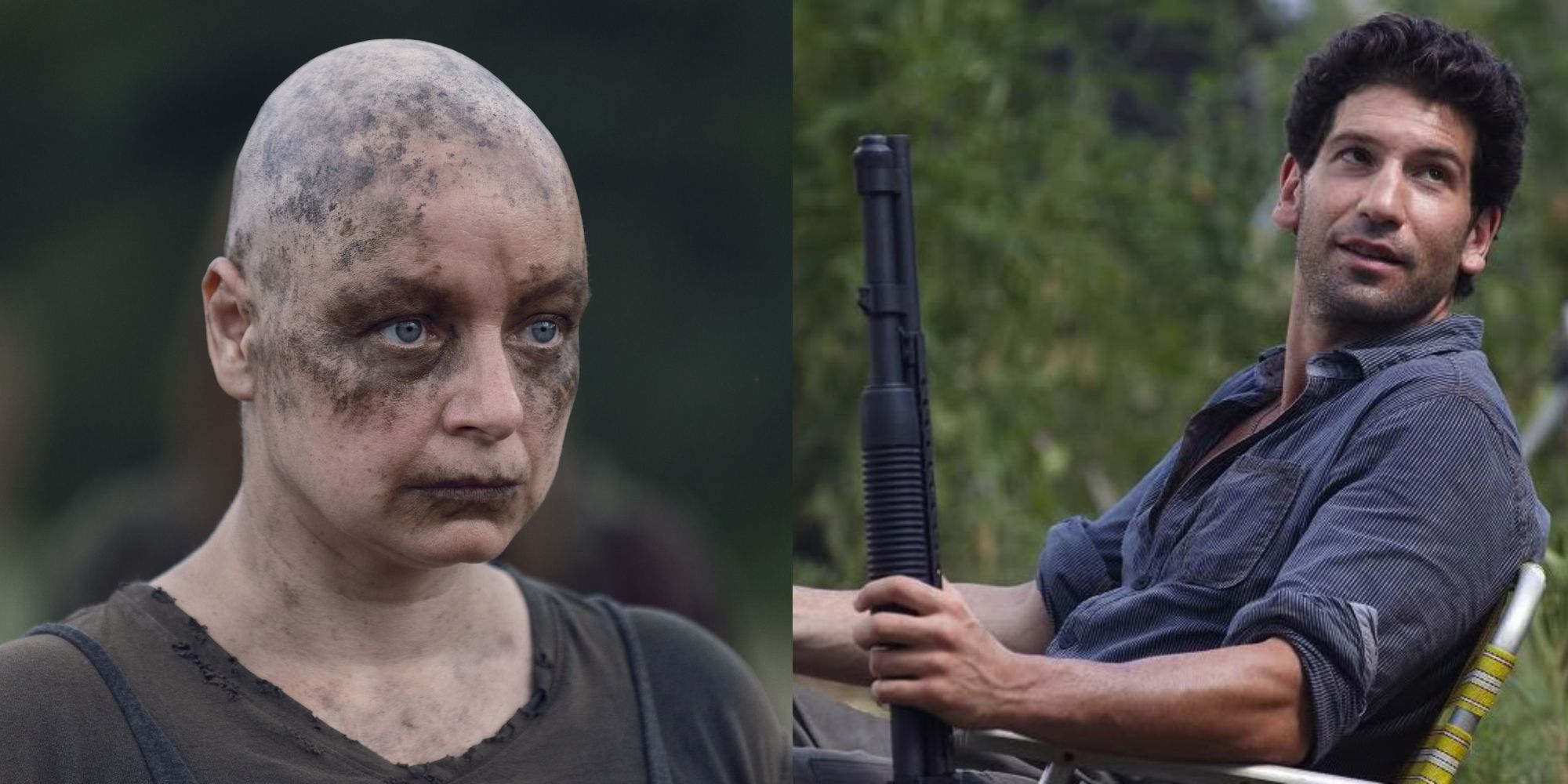
Related
The Walking Dead: 10 Villains Who Deserved Redemption Arcs
From main antagonists Alpha and The Governor to supporting villains Martinez and Lizzie, The Walking Dead could have turned baddies into good guys.
By the start of The Walking Dead: Dead City, Negan has already redeemed himself repeatedly. So, although retrospectively, the flashbacks show some the main show’s story purely through the villain of that time’s eyes, suggesting why it differs from his depiction on the main show. Even if his remorse clouded his recollection of his Savior-era, it’s still uniquely his perspective. Rick’s spinoff will go even further than flashbacks as it will dive into his time at the CRM. The Walking Dead franchise could spark more interesting discussions with the juxtaposition between perspectives, depending on which side a character is on.



